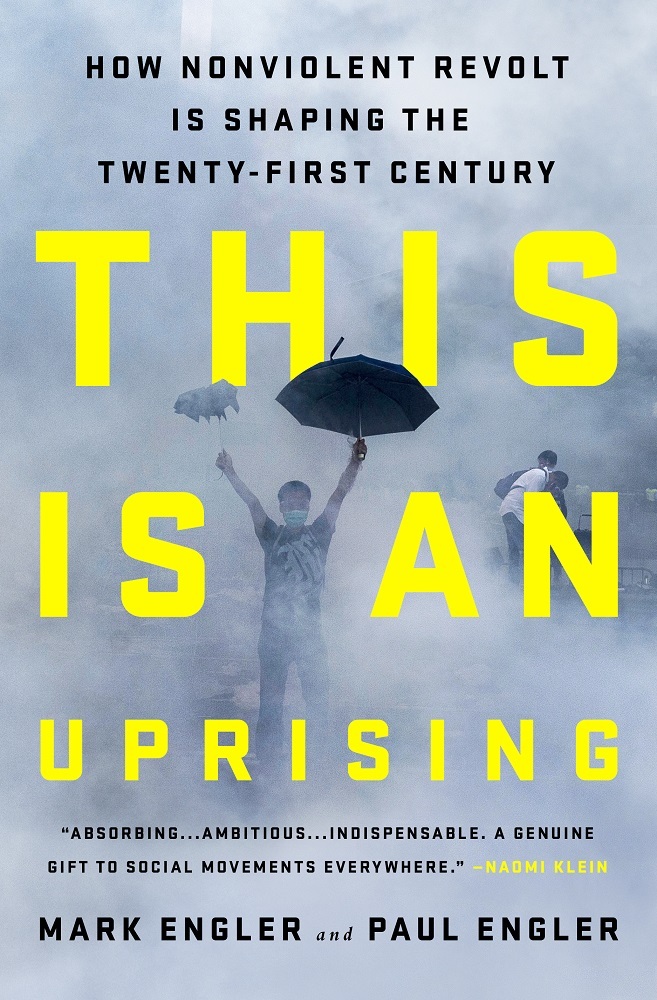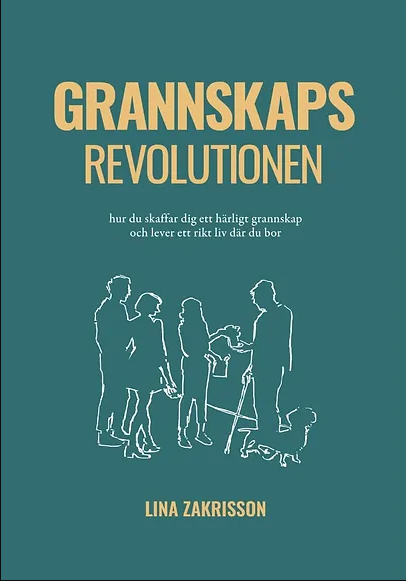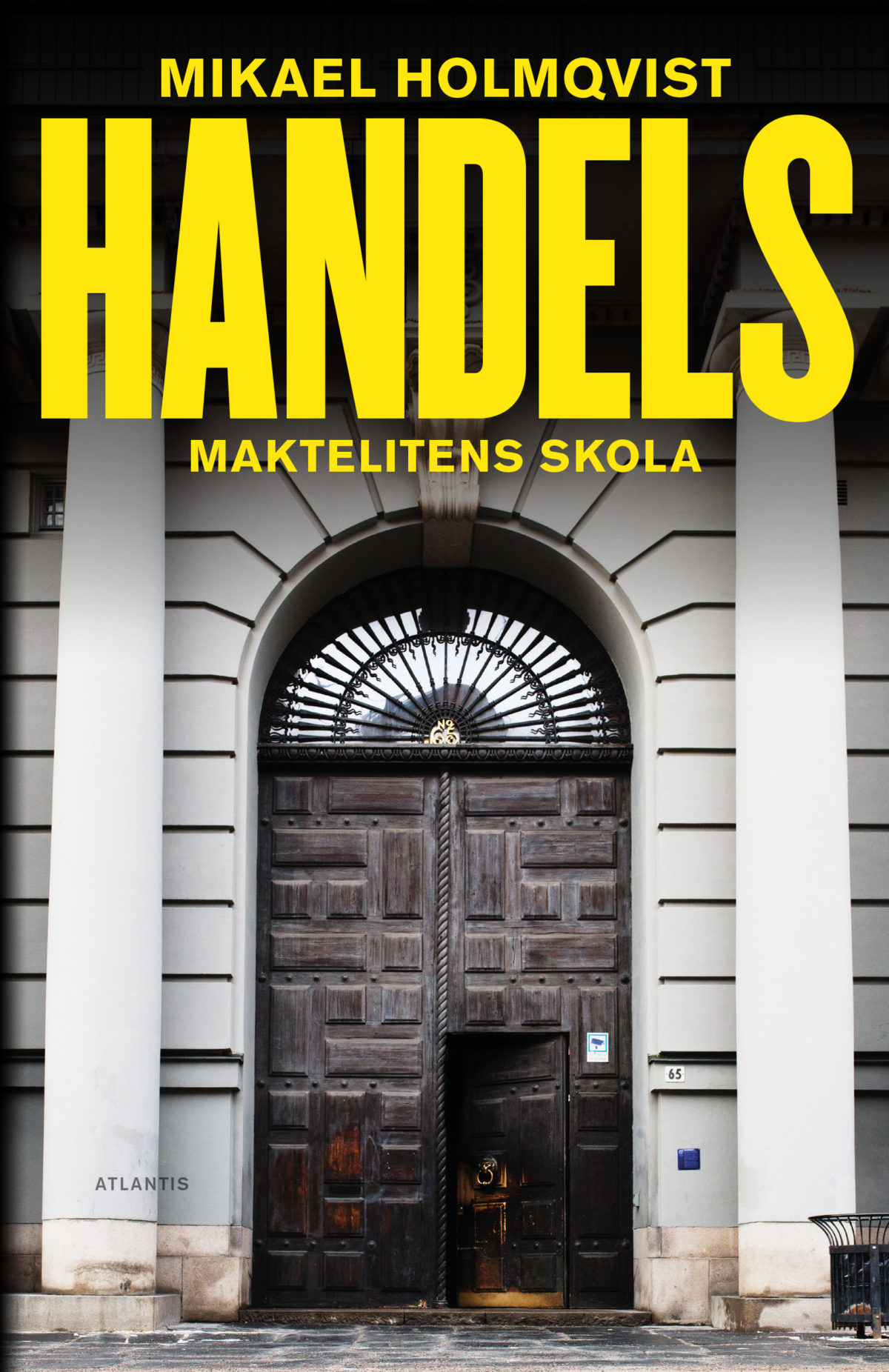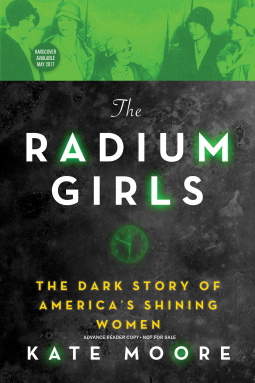A guest on an episode of one of my favorite podcasts a few years back mentioned Mark and Paul Engler’s This Is an Uprising and it went on to the TBR. I managed to find a copy at Judd Books during my trip to London this past summer, and recent events have made it seem especially relevant, or more relevant than usual.
This Is an Uprising is a handbook and history lesson in nonviolent revolt, looking at various twentieth century case studies through the lens of nonviolent protest theory and evaluating notable successes as well as failures. The Englers review the two traditional models of protest activism, organizational-based and movement-based, and then propose a third model that combines the strengths of both of them for the best possible outcomes: momentum-based. The Englers did their homework and there are a lot of references to names like Saul Alinsky, Gene Sharp, and Frances Fox Piven. (Which also meant that, despite clearing one book of my TBR, I’ve now added four others, but that’s what the best nonfiction always does.)
This was also a welcome counterweight to Weil’s meditations on force. The Englers devote a whole chapter to outlining what they call discipline, that is, the commitment of individuals and movements to nonviolence. They highlight how violence—which they specifically describe as “whatever the public perceives as violence”—makes widespread acceptance of a movement more difficult, and how violence is often the wedge that allows state-sponsored infiltrators to compromise groups. From local criticism of Black Bloc members in Occupy Oakland to FBI infiltrators hosting bomb-building workshops for environmental activists to the habit of guerilla fighters of installing yet another military dictatorship, the Englers make it clear that nonviolence is an essential part of the revolt they’re detailing. While there’s a lot of compelling evidence in This Is an Uprising for Weil’s argument that force eternally begets force, the book also shows that transcending force—often by tactically submitting to it in the hope of garnering support or changing public opinion—is achievable by more than just two or three people in the course of human history, and that it can have serious and long-lasting outcomes.
Could the tactics outlined in this book have worked against Hitler and the Nazi party, though?
I’m not convinced.
While the Englers did a fair job highlighting mixed successes or outright failures (and explaining them according to their failure to implement the most important principles of momentum-based activism), I don’t think they ever tackled the hardest possible cases. Situations where the status quo to be changed is the absolute bones of how our society runs, the underlying principles from which everything else springs.
The successful protests in here, even the most impressive case of Otpor and the ouster of Slobodan Milošević, were all leveraged against situations that can be considered something like social byproducts of the deeper, more entrenched forces guiding the world. I’ll be less cryptic and tip my political hand by more explicitly defining those “deeper, more entrenched” forces as “the profit motive of capitalism as it overlaps with the state.” Segregation and Jim Crow laws were not inherent cogs in the profit machine. Nor were there any obvious financial incentives to banning same-sex marriages or the callous treatment of HIV and AIDS patients. These are huge, important, material concerns for millions of individuals that can have serious, even life-or-death consequences, absolutely. I wouldn’t wish to suggest that they were unimportant. But at a higher level, one could make the argument that these issues were always political footballs at the end of the day, kicked back and forth to show allegiance to this or that team, means to the true end: acquiring and maintaining a hold on political power and wealth.
Think of the cynicism with which the Republican party made abortion a huge issue for American Christians so that they could ensure a reliable voting bloc for themselves and the ability to, not make any laws about abortion out of a fervent true belief, but to craft legislation and economic models that would keep wealth and power consolidated with an elite ruling class (with a few token abortion decisions here and there). A ruling class you could, for example, call “the 1%.” Abortion was and is rarely the endgame for many (most) Republican politicians, which is why no one should be surprised when the same Republican politicians urge their daughters or mistresses to seek out abortions if a child would be politically inexpedient. It’s just the means to an end. The minute they can’t use abortion as the same galvanizing topic to get sympathetic voters to the polls, they’ll drop it and pick something else. Abortion I guess is still on the table now, but segregation no longer is. (Weirdly, with the “your body, my choice” meme, it seems like abortion has mutated or grown to become, not necessarily a purely Christian thing, but also specifically a feminist backlash thing. But anyway.)
If a change in law or regime happens to align with peak protests, is that really a victory? Is it causation or merely correlation? I suppose, after all, that it takes exactly these kinds of nonviolent protests to shift public opinion in such a way as to make something like segregation or same-sex marriage bans so toxic that it’s political suicide to promote them. I guess my concern is: material as those concerns are to millions of people, does changing them really get to the heart of what’s going wrong at the top? Are we just condemned to constantly putting out forest fires of different forms of social oppression (see: the explosion in discussions on trans rights) as long as elites remain addicted to wealth and power? Are we treating symptoms rather than the disease?
Maybe I’m wrong. Maybe Otpor’s successful overthrow of Milošević is an example of what could have happened earlier on in 1930s Germany if the right people with the right ideas had deployed the right tactics. But while I appreciate the inherent optimism of This Is an Uprising, I worry that there is a limit to the success of the model the Englers are proposing.








